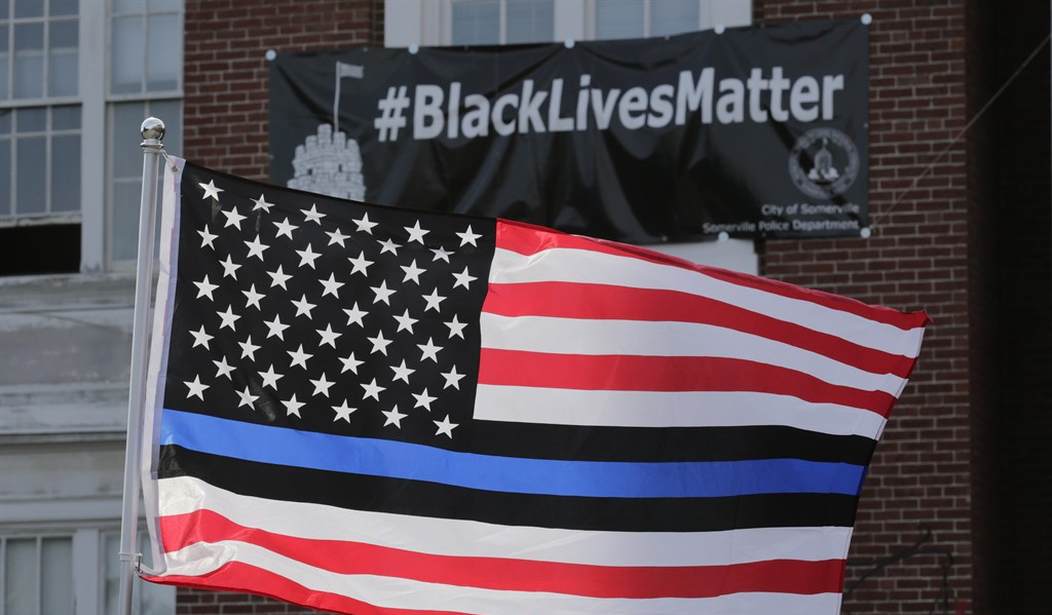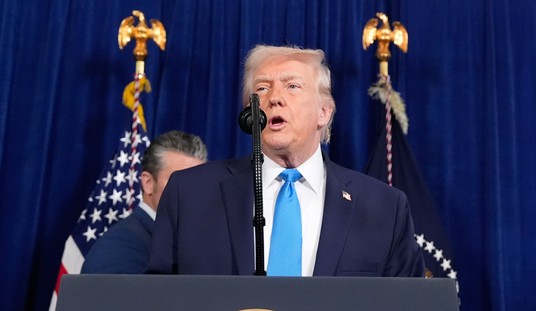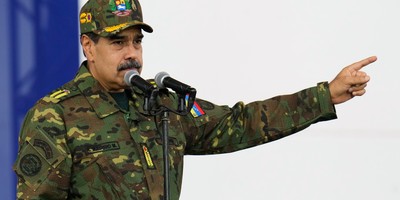Yesterday, I received a letter from a reader urging me to show more grace and compassion towards Black Lives Matter (BLM) – a group I have sharply criticized in recent weeks. The reader claimed that the group is simply misguided and has merely “drifted off course” in its short three-year existence. She specifically asked me to stop using my Twitter account to characterize them as “racist.” She finally ended her missive by asking “Where are all of the protestors of the 60s who could show them the error of their ways?” Such naïve historical ignorance is deserving of a column-length response.
Put simply, BLM has taken the shape it has today because of the example set by 60s protestors. In fact, they are nothing more than a modern-day extension of the 60s “anti war” movement, which was anything but peaceful. Moreover, to call the 60s protestors “anti-war” is to fundamentally misunderstand their mission. They were never anti-war. They were anti-capitalist. In order to grasp the distinction we need to revisit some key events in the history of the movement.
One could say that peaceful liberal idealism died on November 22nd, 1963 when John Fitzgerald Kennedy took a bullet from communist assassin Lee Harvey Oswald. His successor differed from him in some key respects. But, like JFK, Lyndon Baines Johnson was fundamentally anti-communist. And that is why the growing “anti-war” movement hated him. It wasn’t because LBJ was pro-war while they were anti-war. It is that he was anti-communist while they were pro-communist. From the onset, they were rooting for the enemy. The accusation seems harsh but history would eventually lead to no other reasonable conclusion. So just keep reading.
The “anti-war” movement considered it a victory when LBJ decided not to run for reelection in 1968. But they were fundamentally angered by the fact that other Democrats chose Hubert Humphrey as his successor. Like his old boss, Humphrey was also anti-communist. So the “anti-war” movement never rallied behind him. His defeat, though close, was therefore inevitable.
In 1972, the movement finally nominated its man, Senator George McGovern. Unfortunately for them, his campaign was a disaster. He was seen as weak and far too liberal for the country at the time. The movement suffered a setback when McGovern was soundly defeated. Then, Nixon’s second term began with important developments on the war front.
Recommended
In early 1973, the Vietnam War had been effectively won. The Paris Peace Accords were signed and South Vietnam was safe. We had agreed to arm the South Vietnamese in the event of North Vietnamese aggression. There was peace abroad and the draft had been ended at home. The “anti-war” movement should have been content even though they had lost the White House in the last election.
In 1974, things changed quickly when the Democrats were the beneficiaries of a godsend. Their archenemy Richard Nixon was forced to resign as a result of Watergate. In the backlash that followed, Democrats were able to get a critical mass of “anti-war” radicals into the U.S. Congress in the 1974 elections. They would be sworn into office in January of 1975.
Predictably, the “anti war” Democrats were able to get enough influence to rescind their promise to provide arms to protect South Vietnam from North Vietnamese aggression. Also predictably, the North Vietnamese continued to test new president Gerald Ford throughout the spring of 1975. When Ford went to Congress on April 10th to beg them to honor their commitment to South Vietnam they flatly rejected the Republican president. Many of them walked out while the president was speaking. But they were really turning their back on the South Vietnamese.
Given a free hand, the North Vietnamese continued to invade South Vietnam city by city until they reached Saigon. Along with the fall of Saigon, 250,000 South Vietnamese were captured. They would later die in communist “re-education” camps. Another 200,000 would eventually die as “boat people” fleeing the country in search of freedom aboard vessels unfit to cross the ocean.
But the spread of communism did not stop there. They moved into Laos and Cambodia. By the end of the decade, the communists would kill two million people in Southeast Asia. And not a word of protest came from the “anti war” movement. So let me be as clear as I possibly can about three conclusions that inevitably flow from all of these events:
1. The anti-communist Republicans won the Vietnam War decisively in 1973 through strategic bombing mixed with intelligent negotiation.
2. The “anti war” Democrats gave the victory away by breaking the promise to protect South Vietnam. They were therefore morally responsible for the spread of communism in Southeast Asia and for the deaths of at least two million innocent people at the hands of the communists.
3. The “anti war” movement was vindicated in their own eyes. Communist advance in Southeast Asia was a victory for them because the 60s protestors were never in favor of peace. They were always rooting for the communists and against their own country. It had been that way since the very beginning.
So where are the old “anti war” demonstrators now? And what is their relationship to the Black Lives Matter movement? I think you already know the answer but I’ll say it anyway: The 60s protestors joined the university faculties in masse and became lifetime radical anti-American activists with tenure.
Today, these tenured totalitarians are teaching their old techniques to a new generation of “peaceful” protestors. So next time you hear BLM protestors chanting in unison “more dead cops” and “pigs in a blanket, fry ‘em like bacon” just take another look at the sixties protest movement.
The more the pro-communist “progressive” talks about change, the more things stay the same.
Author’s Note: This column draws heavily from The Black Book of the American Left, by David Horowitz who is probably the greatest conservative writer of our time. Please read all five volumes of this brilliant series.
























Join the conversation as a VIP Member